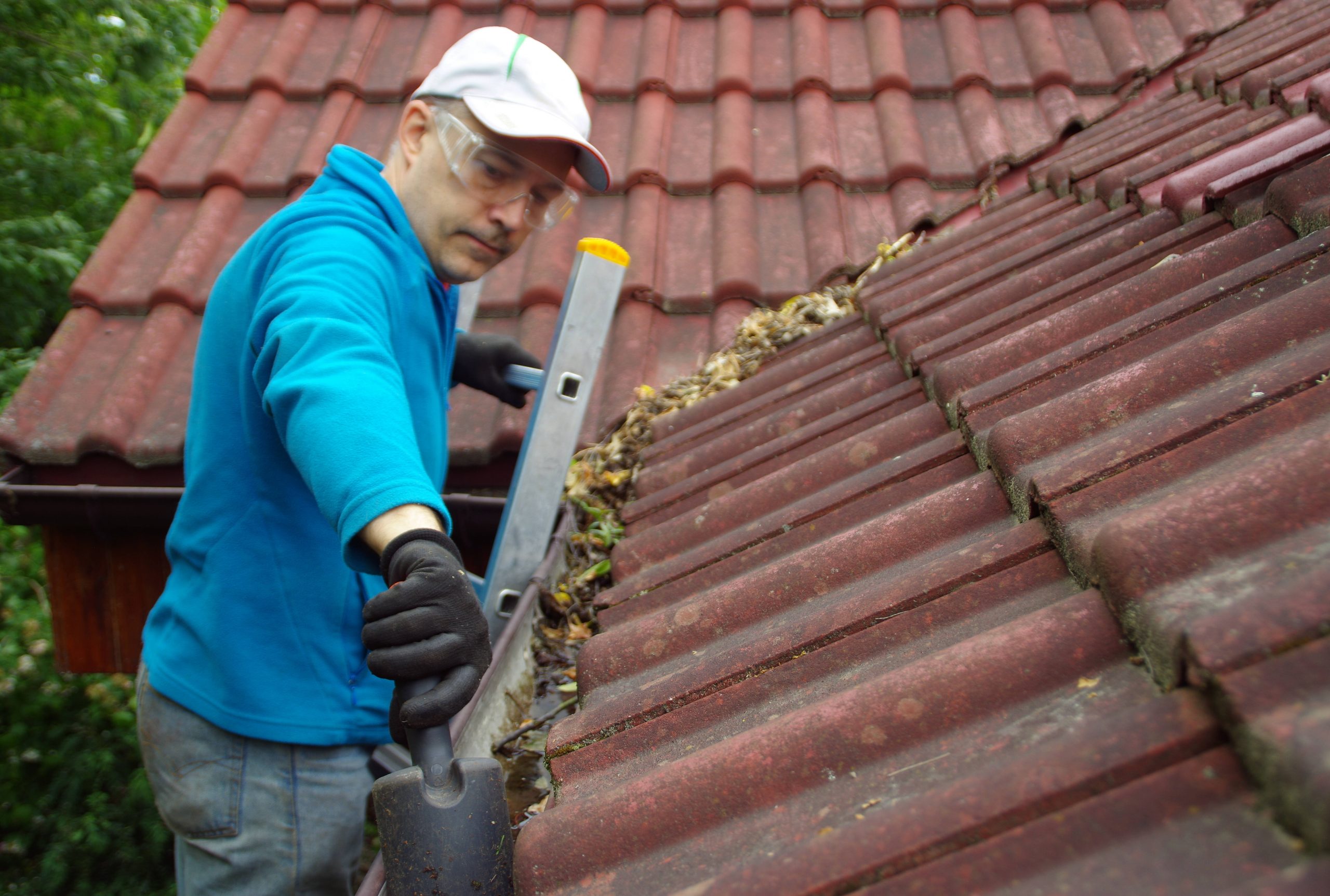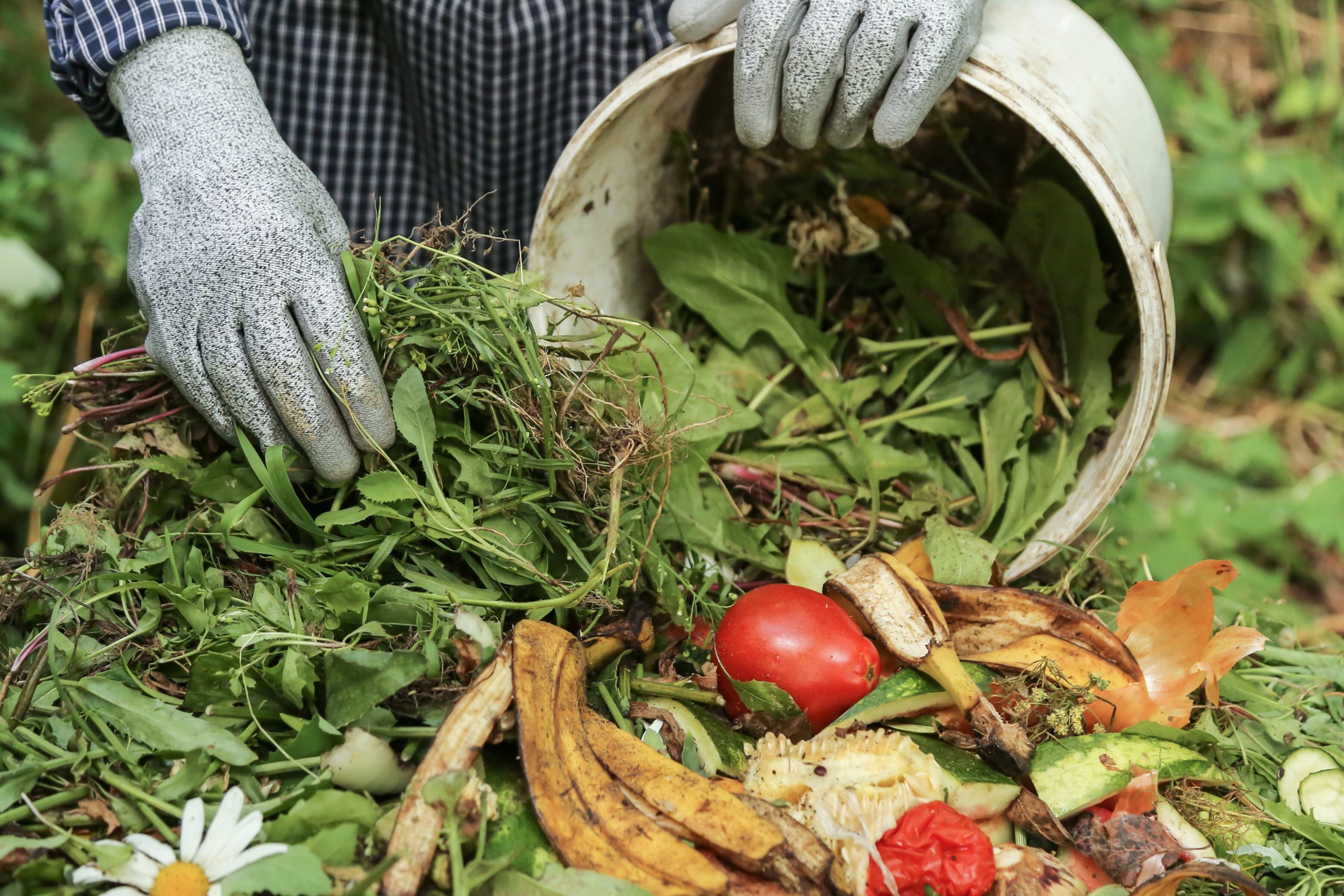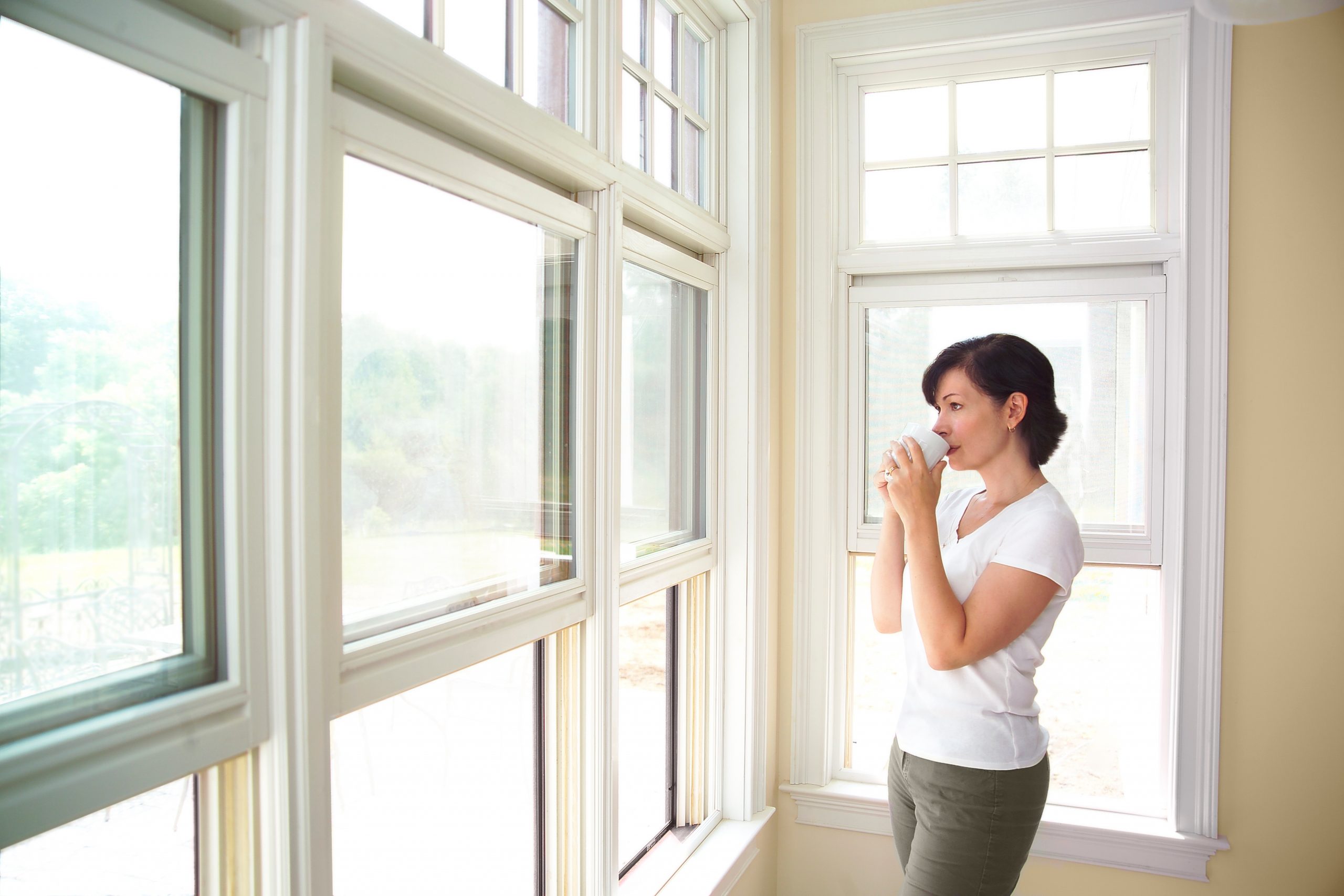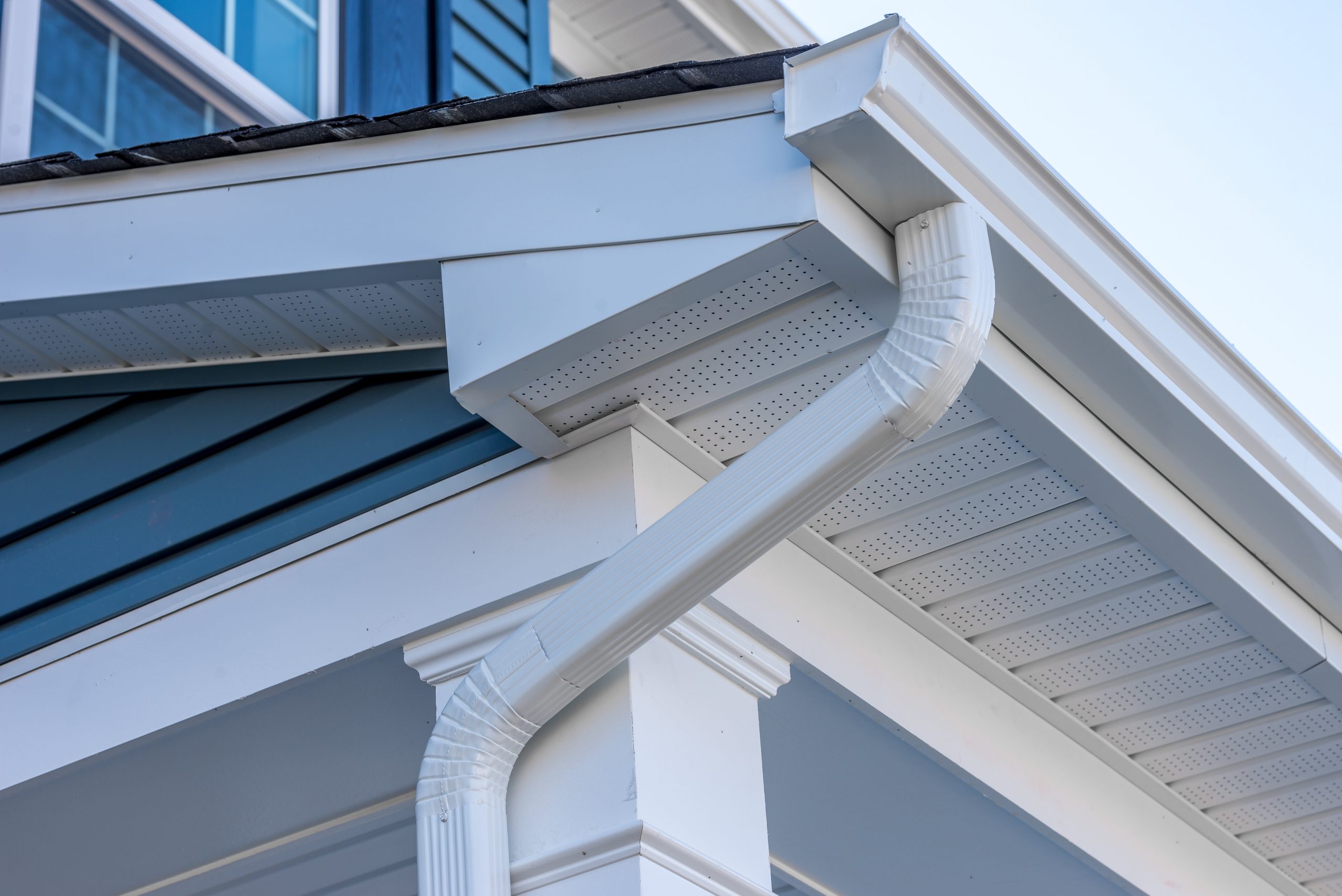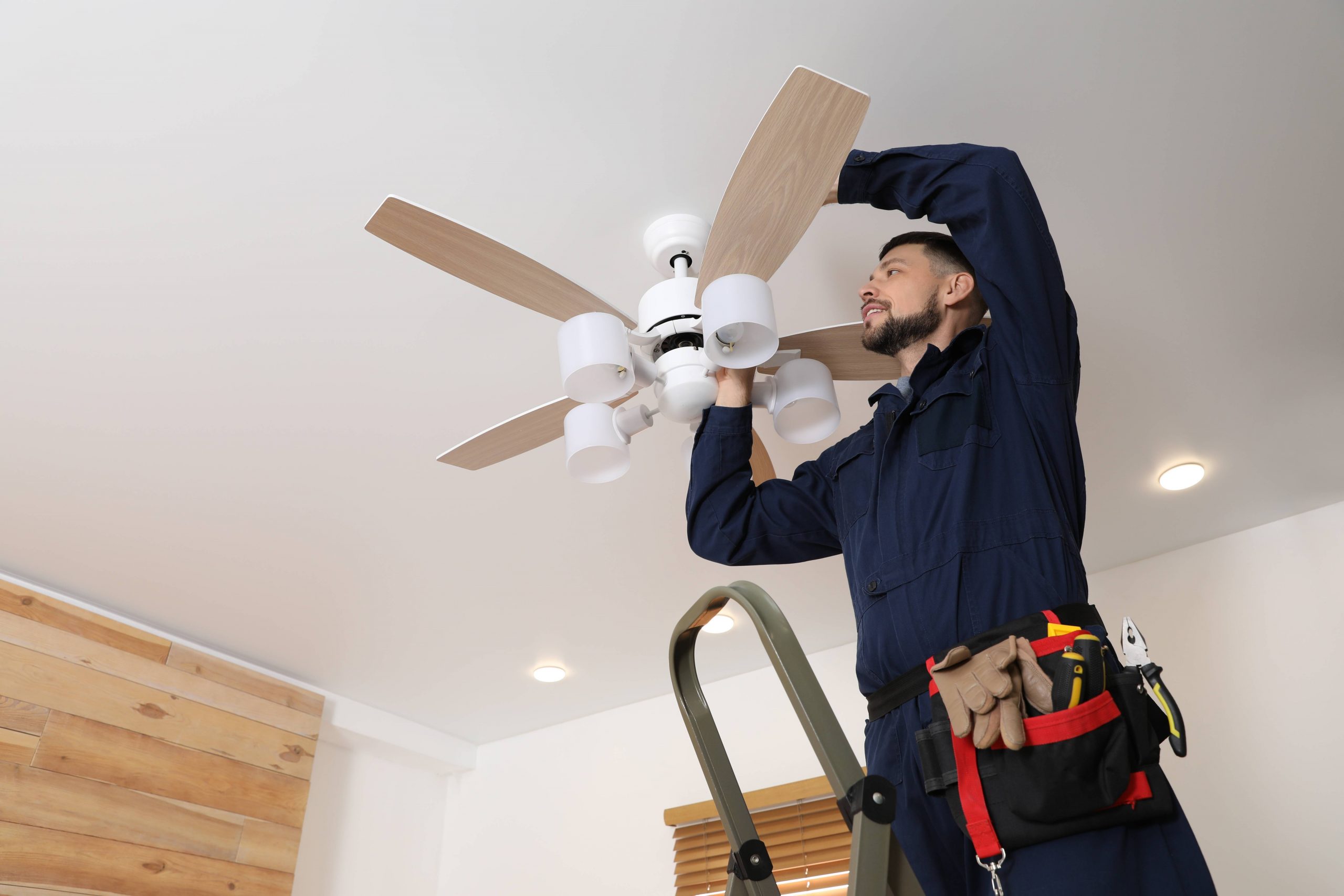Table of Contents
- Inspecting Your Heating System
- Sealing Drafts and Insulating
- Roof and Gutter Maintenance
- Preparing Plumbing for the Cold
- Chimney and Fireplace Readiness
- Checking Detectors and Alarms
- Exterior Maintenance
- Preparing Your Emergency Kit
- Lawn and Garden Care
- HVAC and Ventilation Check
- Budgeting for Winter Maintenance
Winter Ready: Your Seasonal Home Maintenance Checklist
As temperatures drop, it’s crucial to prepare your home for the colder months. Casability is here to guide you through essential winter maintenance tasks that can save you money and keep your home cozy and safe.
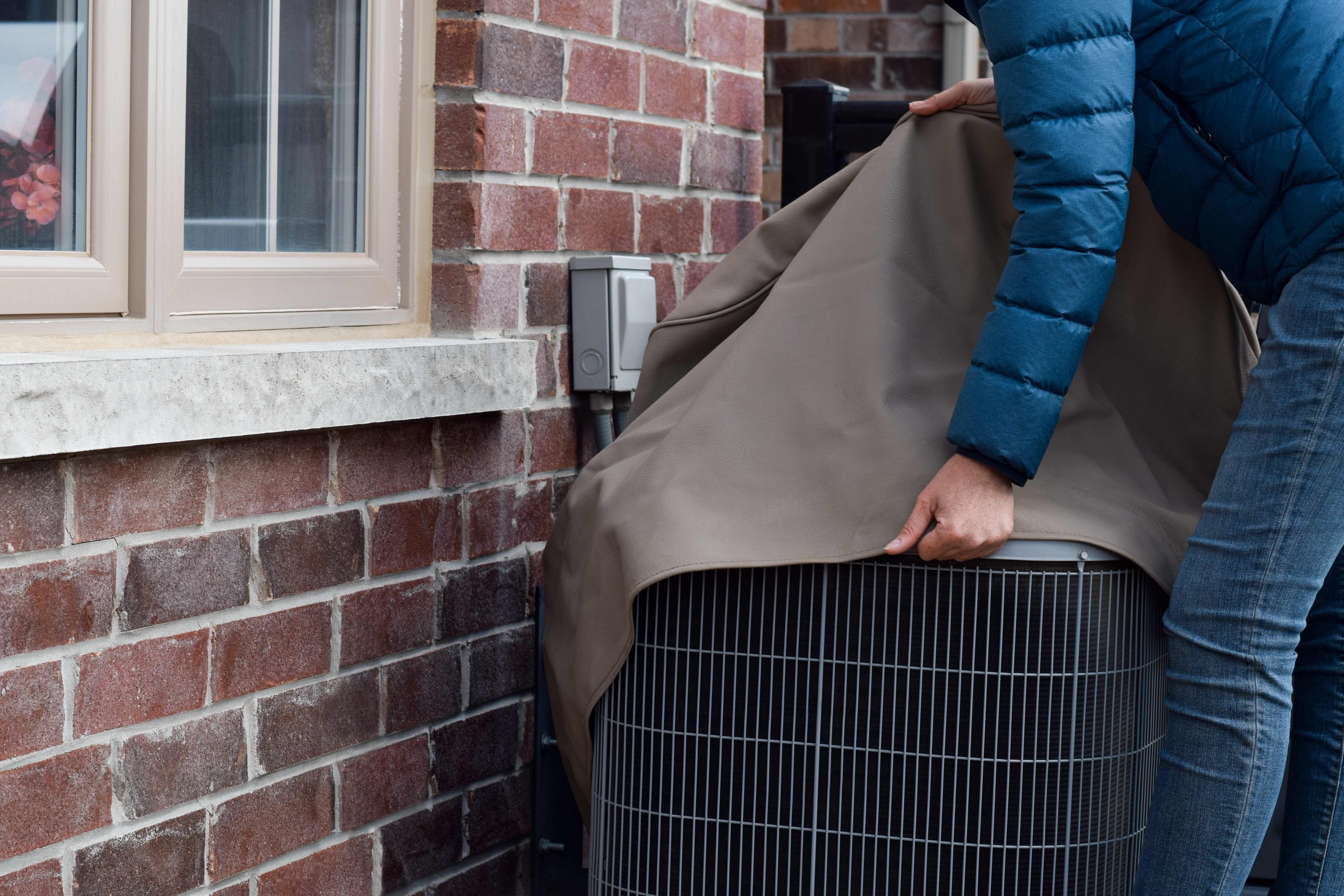
Inspecting Your Heating System
Keeping Warm Efficiently
Your heating system is the heart of your home during winter, ensuring it runs efficiently is vital.
Furnace Checkup: Schedule a professional inspection of your heating system. A thorough check by a technician can identify any issues and ensure your system is running efficiently, preventing costly breakdowns during the coldest months.
Filter Replacement: Change or clean your furnace filters regularly. Clean filters improve air quality and help your furnace run more efficiently, reducing energy costs and extending the life of the system.
Sealing Drafts and Insulating
Keeping the Cold Out
Proper sealing and insulation can significantly reduce your heating costs.
Windows and Doors: Check for drafts and apply weatherstripping or caulking where needed. Drafty windows and doors can let in cold air, making your heating system work harder. Weatherstripping and caulking are simple and effective ways to seal gaps.
Insulation Check: Ensure adequate insulation in your attic and walls. Proper insulation keeps heat from escaping, making your home warmer and reducing energy bills. Consider adding more insulation if your home is older or if you notice significant temperature fluctuations.
Roof and Gutter Maintenance
Protecting Against Winter Weather
Maintaining your roof and gutters can prevent costly damage from ice and snow.
Gutter Cleaning: Clear gutters and downspouts of debris to prevent ice dams. Clogged gutters can cause water to back up and freeze, leading to ice dams that can damage your roof and cause leaks.
Roof Inspection: Look for damaged or missing shingles and repair as necessary. Inspect your roof for signs of wear and tear, and make repairs before snow and ice can exacerbate the damage.
Preparing Plumbing for the Cold
Avoiding Frozen Pipes
Frozen pipes can burst and cause extensive water damage.
Insulate Pipes: Wrap exposed pipes in unheated areas with insulation. Pipe insulation is a cost-effective way to prevent pipes from freezing in basements, attics, and crawl spaces.
Outdoor Faucets: Drain and shut off outdoor faucets to prevent freezing. Disconnect hoses and drain any remaining water from outdoor faucets to prevent freezing and potential pipe bursts.
Chimney and Fireplace Readiness
Safe and Cozy Fires
A well-maintained fireplace can provide warmth and ambiance safely.
Chimney Inspection and Cleaning: Have your chimney cleaned and inspected by a professional to prevent chimney fires. A clean chimney reduces the risk of fire and ensures proper ventilation.
Checking Detectors and Alarms
Ensuring Safety
Working smoke and carbon monoxide detectors are crucial for home safety.
Smoke and Carbon Monoxide Detectors: Test and replace batteries if needed. Ensure all detectors are functioning correctly to provide early warning in case of fire or carbon monoxide leaks.
Fire Extinguisher: Check the expiration date and ensure it’s accessible. Having a working fire extinguisher can prevent a small fire from becoming a disaster.
Exterior Maintenance
Preparing the Outside of Your Home
Your home’s exterior needs to withstand harsh winter conditions.
Exterior Paint and Siding: Check for peeling paint or damaged siding and repair to prevent moisture damage. Keeping your home’s exterior in good condition helps prevent water from seeping in and causing damage.
Foundation Checks: Inspect the foundation for cracks and seal any openings to keep out cold air and pests. Sealing foundation cracks can improve your home’s energy efficiency and keep out unwanted critters.
Preparing Your Emergency Kit
Ready for Winter Storms
An emergency kit can be a lifesaver during winter storms.
Emergency Supplies: Stock up on essentials like water, non-perishable food, flashlights, and batteries. Ensure you have enough supplies to last at least 72 hours in case of power outages or severe weather.
Winter Tools: Ensure you have snow shovels and ice melt handy. Having the right tools ready can make dealing with snow and ice much easier.
Lawn and Garden Care
Winterizing Your Outdoor Space
Properly caring for your lawn and garden can protect them during winter.
Lawn Care: Mow and fertilize the lawn one last time before snowfall. A final mow and fertilization can help your lawn stay healthy during winter.
Protect Plants: Cover sensitive shrubs and plants to protect them from frost. Use burlap or other protective materials to shield plants from cold temperatures and wind.
HVAC and Ventilation Check
Ensuring Good Air Quality
Maintaining your HVAC system and ventilation is essential for indoor air quality.
Duct Cleaning: Consider having your ducts cleaned to improve indoor air quality. Clean ducts can reduce dust and allergens, making your home healthier.
Ventilation: Ensure proper ventilation to prevent moisture buildup. Proper ventilation helps prevent mold growth and maintains a healthy indoor environment.
Budgeting for Winter Maintenance
Smart Financial Planning
Planning your budget for winter maintenance can prevent financial strain.
Plan Ahead: Set aside funds for winter maintenance tasks to avoid unexpected expenses. Having a budget for regular maintenance can save money in the long run.
DIY vs. Professional Services: Weigh the cost and benefits of DIY maintenance versus hiring professionals. Some tasks, like filter replacement or gutter cleaning, can be done yourself, while others, like roof repairs or HVAC servicing, may require professional help.
Preparing your home for winter is an essential part of homeownership. By following this checklist, you can ensure your home is safe, energy-efficient, and ready to withstand the cold season. Remember, proactive maintenance can save you money in the long run and keep your home in top condition. Trust Casability to guide you through these essential home maintenance tasks, making your winter preparations smooth and stress-free. Whether you’re inspecting your heating system, sealing drafts, or preparing for emergencies, these tips will help you maintain a cozy and secure home throughout the winter.
